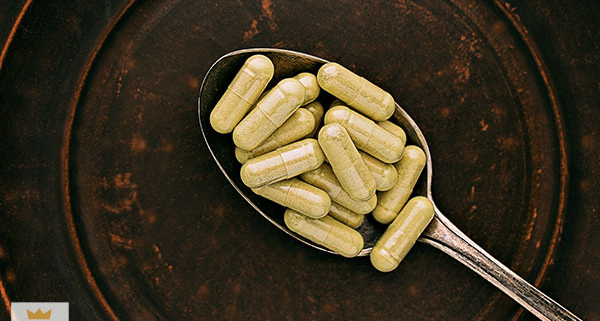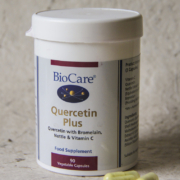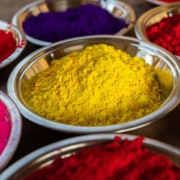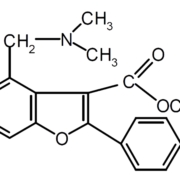Quercetin in food
Introduction
Quercetin is define as a natural pigment found in numerous fruits and vegetables. The pigment is primarily use as a medicine to cure various diseases. As far as the main characteristics of Quercetin are concerned, antioxidants, anti-inflammatory, and anti-cancer are include. You might be wondering about the health benefits associated with the pigment. Right? Well, we have gathered here to discuss the same.
Presence of the pigment
It is also important to be familiar with the eatables that are highly occupied by the pigment. Blueberries, blackberries, olive oil, apples, grapes, and last but not the least, tomatoes are include in the list. Whereas, American elder and Maidenhair are the two of the trees that are highly rich in Quercetin. Thus, consuming these would be consider beneficial to human health and would ultimately add positivity to life.
Quercetin extraction
The main source of the pigment’s extraction is the “Sophora Japonica.” It is a tree that exists mainly in Japan, but the remedy is widely use in China and Japan as well. Quercetin dihydrate and Quercetin anhydrous are the two types of outcomes. The prime difference between them is that the dihydrate contains anti-cancer properties, whereas the anhydrous occupies antioxidant properties.
Cures brain disorders
Brain disorder is typically a prolonged brain infection, due to which brain cells cannot function properly. This gives birth to anxiety, depression, and less productivity at the workspace. Communication barriers might also exist in serious circumstances.
According to the researches carried out by scientists, consumptions that are rich in Quercetin cure brain disorders, predominantly Alzheimer’s disease and dementia. However, more research is need and it would be suitable to consult a health specialist about the pigment.
Moderates blood pressure
Blood pressure refers to the functioning of blood. The maximum millimetres of mercury (mmHg) of an individual should be 119 mmHg. Anything above that would put you at a disadvantage. What’s more surprising is the CDC report. The Centers for Disease Control and Prevention declares that high blood pressure was the primary cause of death of over 500k individuals in 2019.
Scientists have tested the pigment and have ensured a positive effect on the blood vessels. The antioxidants property lowers down blood pressure levels and blocks any unforeseeable heart cancer. A survey was conduct too where individuals were given 50mg of Quercetin and the results were in our favour.
Reducing inflammation
Quercetin is widely recognize for its anti-inflammatory characteristic, and so does reduce inflammation. Test tube results have shown that the flavonoid minimized the TNF. The Tumour Necrosis Factor, also commonly known as the TNF, is a molecule that is a prime cause of inflammation. Anyways, TNF was reduce when the pigment entered the human body.
However, the pigment might not completely eradicate inflammation but heals to a great extent.
Who should avoid this?
As far as the usage of the pigment is concerned, pregnant women, breastfeeding women, elderly individuals, and kidney-affected people should refrain from the Quercetin, as it would not be “safe” for consumption. Whereas teenagers and adults can take the remedy daily but in recommended dosages.
Side-effects
You now might be wondering about the side effects associated with this. Well, headaches and shortness of breath might be experience taken in heavy amounts. Taking the medicine at the right time and according to your health condition is the key.
Conclusion
We reach an end here. The recommended dosage is 500mg and a maximum of three times a day. Don’t forget! You always have a doctor at your back to communicate with.








